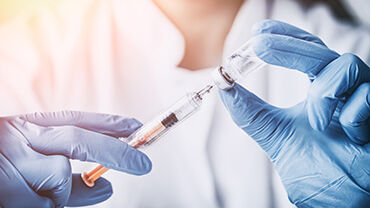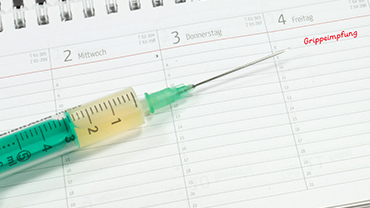Prevention and control measures for pertussis
The most important way to prevent pertussis is through complete immunisation. The vaccine for pertussis is usually given in combination with diphtheria and tetanus (often in combination also with poliomyelitis, Haemophilus influenzae and hepatitis B). A primary course of three doses of DTaP (diphtheria, tetanus, acellular pertussis) vaccine or DTwP (diphtheria, tetanus, whole-cell pertussis) vaccine is usually given between two and twelve months of age. A fourth dose is recommended at 11–24 months of age and another dose between three and six years of age.
There is considerable variation between national immunisation schedules in the timing of these doses. Some countries recommend boosters for adolescents, during pregnancy or soon after delivery. Vaccine schedules in EU/EEA countries can be compared using ECDC’s Vaccine Schedule.
The vaccines that protect against pertussis are generally safe. Minor adverse reactions can include local redness and swelling. Reactions such as fever, drowsiness, agitation and loss of appetite may also occur. Most of these problems resolve themselves. Less frequently, other reactions can occur, such as high fever, persistent crying lasting more than three hours (less than five in 1 000 vaccinations), fainting, an unresponsive collapsed-like state, and convulsions (less than 1 in 10 000 vaccinations). Most of these reactions have no long-term consequences.
In recent years, most EU/EEA countries have replaced the whole-cell type of pertussis vaccine with the acellular type as it is associated with fewer side effects.






